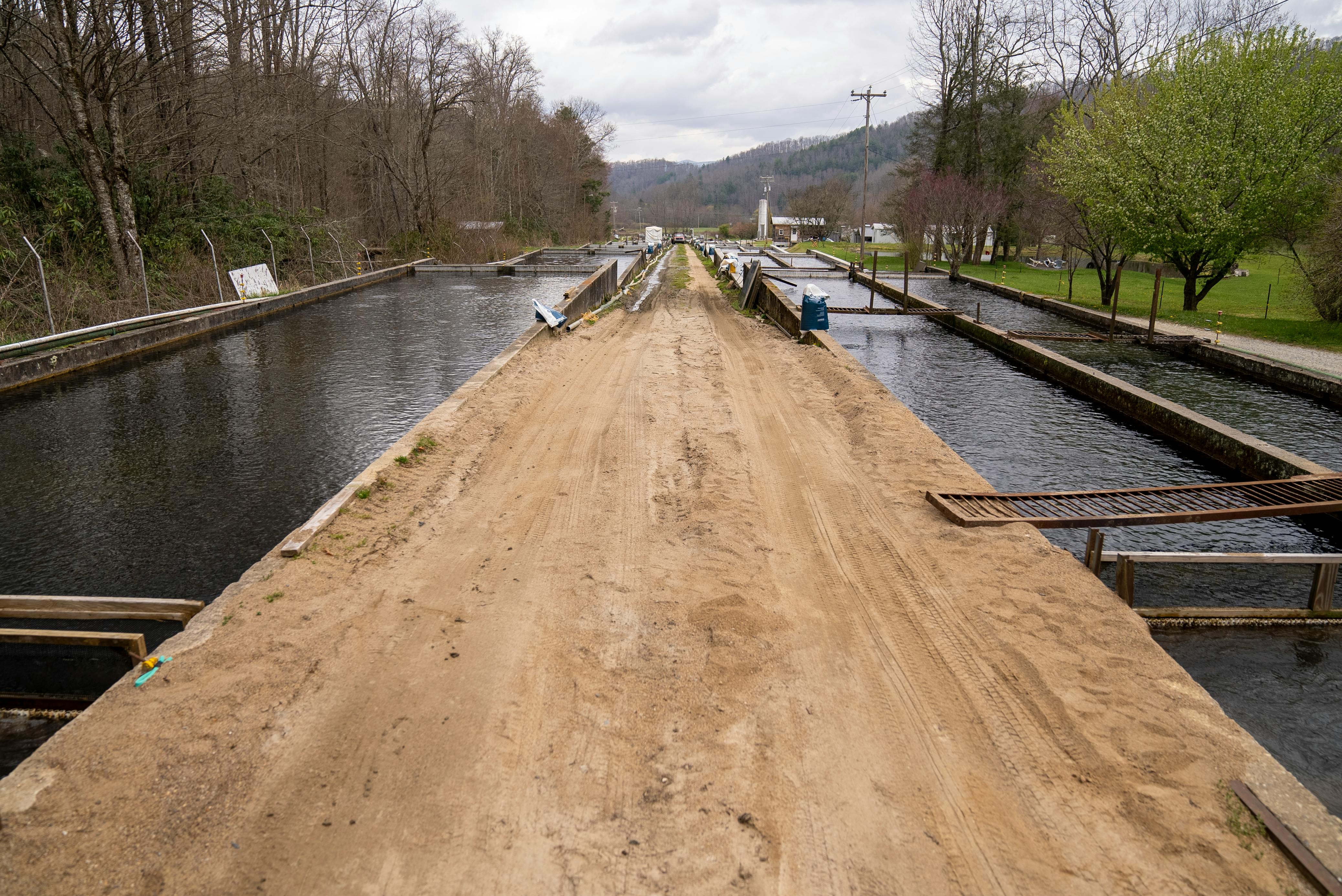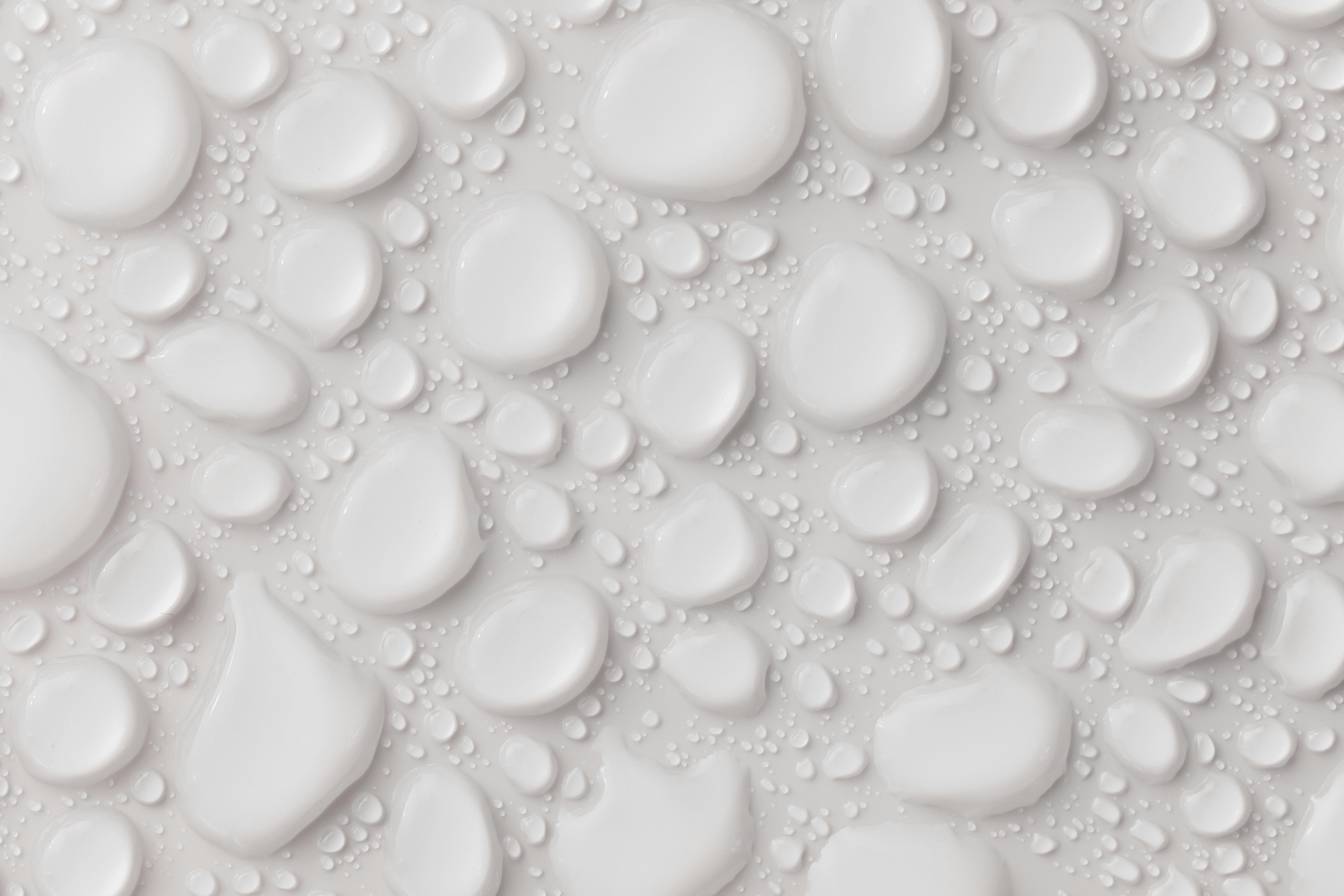Reverse osmosis water and distilled water are two popular types of purified water that are used for drinking, cooking, and other household purposes. While the two types of water may look similar, there are some key differences between them that make them unique. Reverse osmosis water is created by pushing water through a semipermeable membrane, which removes impurities like salts and minerals, while distilled water is created through boiling and condensing the steam to remove impurities. Both reverse osmosis and distilled water have their advantages and disadvantages for various applications, making them both useful choices for many people.Reverse osmosis is a water purification process that uses a semi-permeable membrane to remove ions, molecules, and larger particles from drinking water. The process works by using pressure to force water through the membrane, leaving contaminants behind. Reverse osmosis is one of the most effective methods of purifying drinking water, removing up to 99% of contaminants. Reverse osmosis water is often used in homes, laboratories, and other applications where high-quality water is required.
What is Distilled Water?
Distilled water is water that has been purified through a distillation process. The process involves boiling the water and collecting the steam that is produced, which is then condensed back into liquid form. This process removes any impurities, such as minerals and bacteria, from the water and produces a pure, clean product. Distilled water is often used in laboratories and other applications where a high degree of purity is needed. It can also be used for drinking, as it does not contain any of the harmful substances that can be found in tap or bottled water.
Distilled water has many advantages over other forms of purified water. It does not contain any minerals or other contaminants that could affect its taste or odor, making it ideal for drinking. Additionally, since it does not contain any dissolved substances, it will not corrode metal or interact with cleaning products in a negative way. Distilled water also has a longer shelf life than other forms of purified water, making it more convenient for storing and using on a regular basis.
Differences in Purification Processes
Purification processes are used to remove contaminants from a substance or to separate two or more components of a mixture. These processes can vary greatly, depending on the requirements of the end product. Common purification methods include filtration, distillation, adsorption, extraction, and crystallization. Each method has its own advantages and disadvantages, and is suited for different types of materials and contaminants.
Filtration is a process used to separate out solid particles from a suspension or solution. It works by passing the material through filters of various sizes that allow only particles smaller than the filter size to pass through. Filtration is often used in water purification processes as it is simple and cost-effective; however, it cannot be used to remove dissolved solids or gases from solutions.
Distillation is often used to separate two immiscible liquids while leaving other materials suspended in them unchanged. It works by evaporating the liquid into vapor and then condensing it back into liquid form using cooling methods such as chilled water baths or cooling coils. Distillation can also be used to purify solv
Differences in Typical Uses
The use of a router and a switch are different and depend on the needs of the user. A router is used to manage network traffic between two or more networks, while a switch is used to connect devices within one network. Routers provide routing services, such as packet forwarding and packet filtering, as well as dynamic routing protocols that allow networks to communicate with each other. Switches provide switching services, such as providing dedicated bandwidth for certain devices or applications and controlling access to the network.
Routers are generally used in larger networks because they can manage traffic between multiple networks. For example, a router can be used to connect an office LAN to an external WAN or the Internet. Routers are also used in home networks because they can provide additional security features such as firewalls and NAT.
Switches are typically used in smaller networks because they can quickly link devices together within one network. For example, a switch can be used to connect PCs, laptops and other devices together within an office LAN. Switches also provide additional features such as port mirroring or VLANs that help
Taste Differences
Taste is a subjective experience that can vary from person to person. Everyone has different taste buds, which can lead to different reactions to the same food. For example, one person may find a certain food to be delicious while another may find it too spicy or too sour. Additionally, different cultures and regions have different cuisines and culinary traditions which can also affect people’s tastes and preferences. Even within the same culture, there can be differences in how food is prepared, making it taste differently from one place to another.
Different dietary habits can also contribute to taste differences. People who follow vegetarian or vegan diets may not enjoy certain foods that others do because they are not used to eating them. Similarly, those who follow an omnivorous diet may not enjoy certain types of vegetarian fare because they are not accustomed to it. People’s religious and cultural beliefs can also influence their tastes when it comes to food, as some foods may be prohibited by certain religions or cultures.
Finally, personal preferences play a role in taste differences as well. Some people simply have a penchant for sweet flavors while others prefer savory ones. Similarly

Differences in Mineral Content
The mineral content of water can vary widely from source to source. For example, groundwater often contains a higher concentration of minerals than surface water, such as streams and rivers. Likewise, rainwater has a lower mineral content than either surface or groundwater. The minerals naturally present in a water source can also differ depending on the type of soil and rocks found in the area. In addition to naturally occurring minerals, human activities may also introduce various contaminants into a water source, which can further alter the mineral content.
The amount and type of minerals found in water are important factors to consider when evaluating its quality for drinking or other uses. While not all minerals will be harmful if consumed in high concentrations, some can have adverse health effects if consumed over an extended period of time. Therefore, it is important to understand the differences in mineral content between various sources of water before deciding which is best for drinking or other uses.
Differences in Cost
When it comes to the cost of a product or service, there can be a wide range of differences. Depending on the product or service, prices can range from very affordable to extremely expensive. In addition, the cost of a product or service may vary depending on where it is purchased and who is providing it. For example, a product may be more expensive when bought in a store than when bought online. Similarly, a service may be more costly when provided by an experienced professional than when provided by an amateur.
It is important to consider not only the initial cost of a product or service, but also any ongoing costs associated with it. For instance, some products and services may require additional parts or supplies that must be purchased separately. Additionally, certain products may require regular maintenance or repairs that need to be factored into their total cost. Finally, some services may require recurring payments for access to certain features or updates. All of these costs should be taken into account when deciding which option is best for your needs and budget.
pH Level Differences
The pH level of a substance is used to measure the acidity or alkalinity of a solution. It is measured on a scale from 0 to 14, with 0 being the most acidic and 14 being the most alkaline. When a substance has a neutral pH, it has an equal amount of both acid and alkaline molecules. A difference in pH level can have a significant impact on the environment and living organisms.
A difference in pH level can affect the solubility of substances in water. Substances that are more soluble in acidic solutions will become less soluble when the pH level increases, while substances that are more soluble in basic solutions will become less soluble when the pH level decreases. This can have an effect on how much of a certain substance is available for organisms to use or interact with.
A difference in pH level can also affect how quickly chemical reactions occur. Chemical reactions generally occur more quickly at higher pH levels, as there are more available bases to react with acids. At lower pH levels, there are fewer available bases for reactions to occur and so they take longer to happen. This can have an effect

Conclusion
Reverse osmosis and distilled water are both effective ways of purifying water. They both contain fewer contaminants than regular tap water, but they have very different processes and results. Reverse osmosis removes a wider range of contaminants, including dissolved solids, bacteria, viruses, and other organic compounds. Distilled water is free from all types of minerals, but it can be more expensive to produce due to the time and energy required for the distillation process. Both methods are great options for purifying water, but which one you choose will depend on your individual needs and preferences.
No matter which method you choose, it’s important to remember that filtered or purified water is not a substitute for safe tap water. Both reverse osmosis and distilled water should be tested regularly to ensure that they meet safety guidelines. With regular testing and maintenance, you can be sure that you’re drinking clean and safe drinking water.

